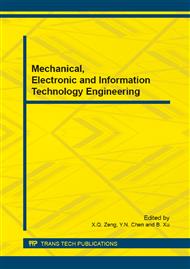p.407
p.413
p.422
p.433
p.439
p.445
p.450
p.458
p.463
Parking Choice Behavior for Shared Parking Based on Parking Purposes
Abstract:
This paper considers two parking purposes: commute parking and non-commute parking, based on a SP survey, different factors which affect shared parking choice are present firstly. Then, two choice models towards shared parking based on two parking purposes are established. The results show that the difference of distance between the expected parking lot to the destination and the shared one has the deepest influence on shared parking choice for commuters. For non-commuters, the difference of parking price between the expected parking lot and the shared one has the deepest influence.
Info:
Periodical:
Pages:
439-444
Citation:
Online since:
March 2015
Authors:
Keywords:
Price:
Сopyright:
© 2015 Trans Tech Publications Ltd. All Rights Reserved
Share:
Citation:


